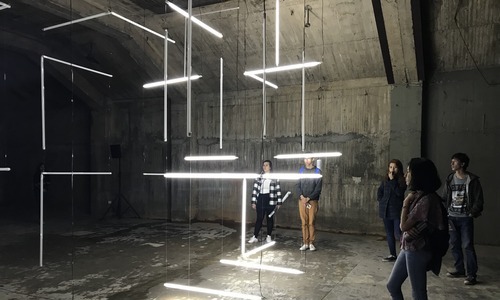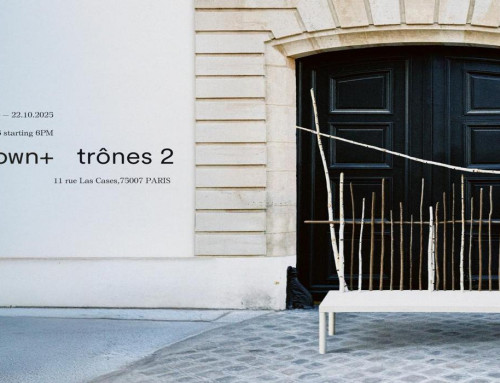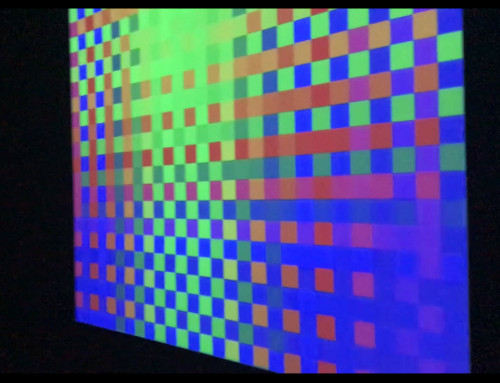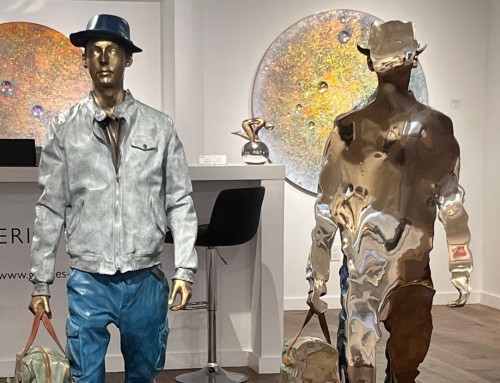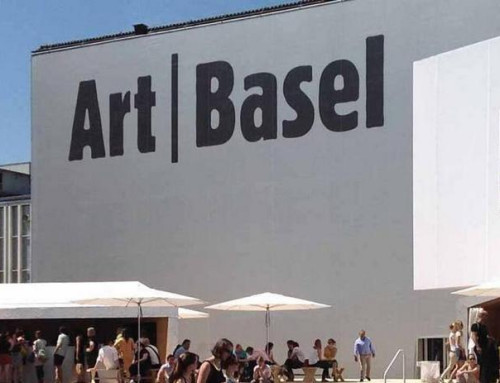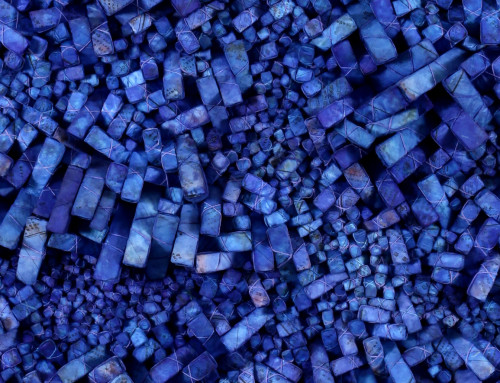The “Heroes Monument” in Bogota, Colombia, is a six-story rectangular stone tower dedicated to the warriors that had fought for the independence of six South and Central American countries from the reign of the colonial Spain in 19th Century. Forgotten and neglected, the door was always chain-locked. From afar, one could see the statue of “The Liberator” Simon Bolivar astride on his horse against the background of a stonewall where the names of the heroes are engraved. Why was this monument listed as one of the destinations of the “Weekend Art-Walk” organized by the prestigious Bogota International Art Fair (Artbo)?
Inside the tower, it was pitch dark when we walked in, except for the torch held by Artbo guides. We followed the light and descended a few stairs. Then we encountered a huge installation, consisting of multi-dimensional geometrical structures of white fluorescent tubes that lit up intermittently in a seemingly random fashion, shinning here and there, near and far, within a large tridimensional space. “Cellular Automaton” was based on Langton’s ant, a regular grid of cells that models the movement of an ant under a very simple set of rules that nevertheless, leads to a chaotic movement pattern. Like all the installations in this site, it was set up by Atractor, a Colombian interdisciplinary collective that composed of artists working on the relationship between technology and art.
So, how is technology and art related? I wondered as I walked towards the next installation up a second flight of stairs. In today’s world, technology has become intrinsically attached to our daily needs and has provided artists with new tools of expression. During the early days, in the 70s when it was called “computer art” and “multimedia art”, digital art was more of a visual experience: you can see it, listen to it, feel it but it was untouchable. In the modern digital world, with social media urging us to constantly “like” or “share”, direct participation has become crucial, requiring us to constantly decide whether to act as an individual or as a group. Interactive art, like the ones set up by Atractor, uses projection techniques to create an immersive environment, one that immerses the viewer into the experience of virtual reality. They are usually site-specific, scalable, and can often be reconfigured to fit into different spaces.
All the installations are placed on different levels; the visitor has to climb up black metal stairs to see them. Sometimes one can have a glimpse of the installations and get a different perspective in the middle of the staircase.
Another installation, “Double Pendulum”, is based on the most basic of the chaotic systems: its movements follow an irregular trajectory that changes completely if the initial position is minimally altered. By moving a pendulum, one was able to drastically alter the course of movement and cause chaos.
The fall of a drop of water, this simple act can trigger disorder as well. “Superficial Tension” are projections of circular waves generated by three drops of water that fall simultaneously on a flat liquid surface. Poetic and thought provoking, the installation reminded us that simple actions could cause complex and unpredictable consequences.
The installations in this show deal with the narrative of creativity and self-expression as any other form of art, and yet it has expanded the concept of what is virtual. Accompanied by sharp electronic sounds, the images actively engage all our senses. By staging them inside the dark confines of the Heroes Monument, shut out from external distractions, it has somehow managed to immerse the viewer into the forlorn and obscure paradoxes of history and art, reminding us that a simple echo of freedom and independence from the depth of darkness can alter the course of things.


